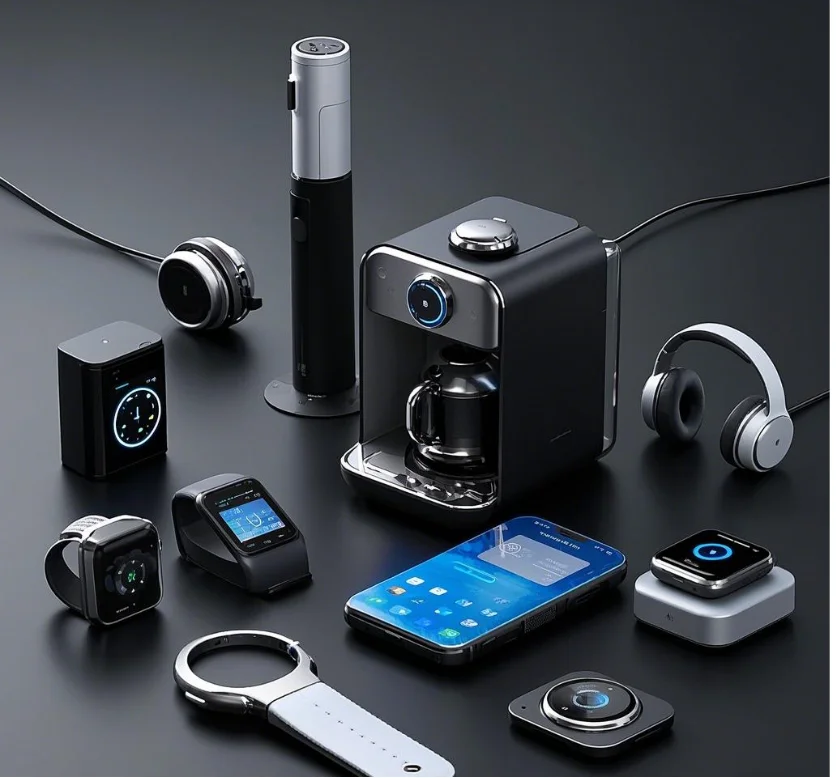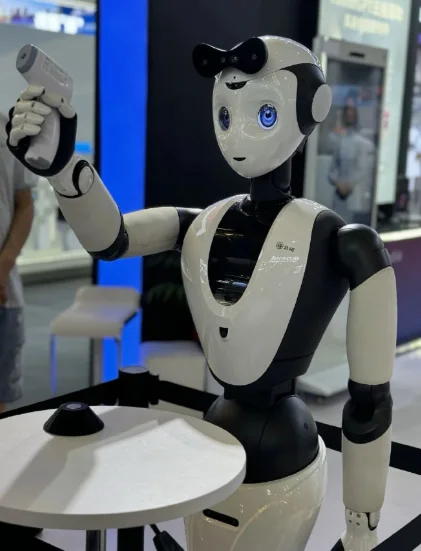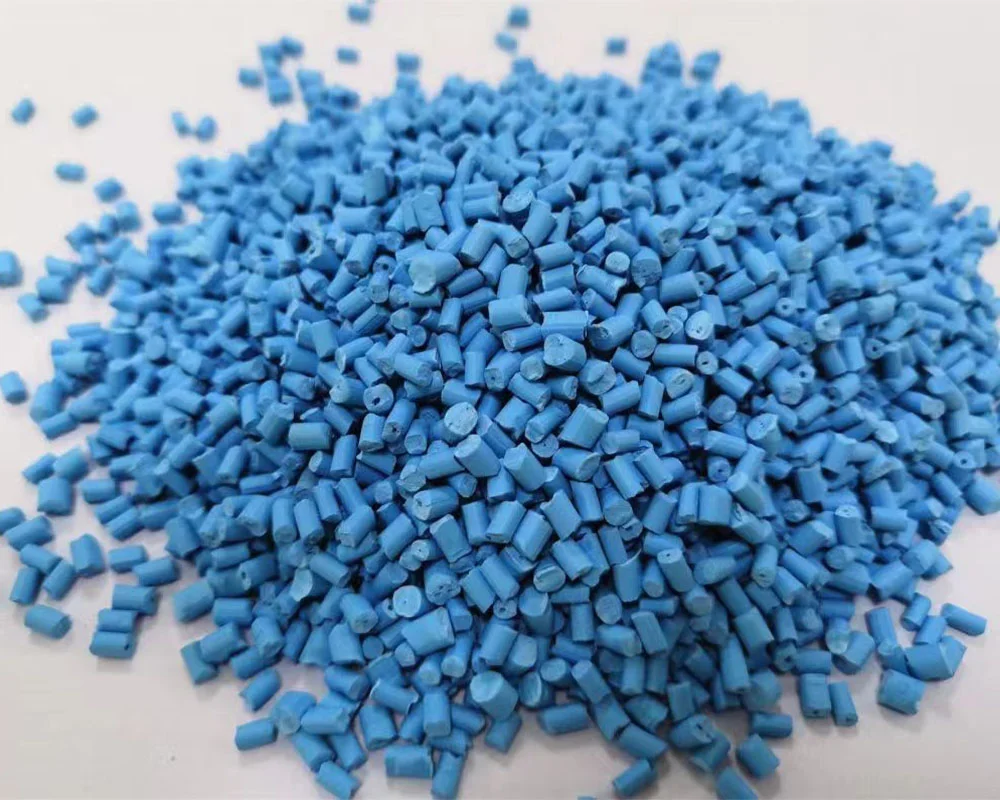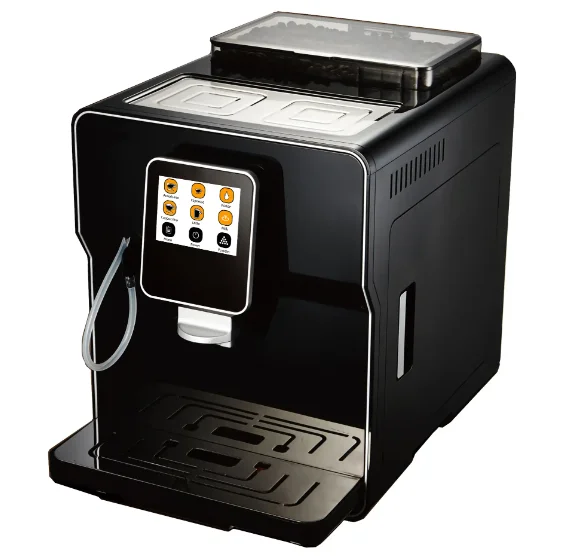The Application of Injection Molding in Consumer Electronics
Injection molding is the foundation of consumer electronics production and delivers accuracy and speed. It is a fundamental process used to manufacture various components that make up electronic devices.

Outer Casings and Housing
Outer covers and casings serve a very vital role of protecting the inner parts of electronic devices. Injection molding allows for simple creation of robust and stylish outer covers that provide protection and aesthetics. The process allows for creation of complex shapes and designs, such that not only do devices perform at their best, but they also attract the attention of customers.
Components and Attachments
Plastic injection molding is also used in the production of various parts and accessories of consumer electronics. They are similar to buttons, knobs, and other interactive parts that offer user interaction. By offering plastic injection molding services, organizations can obtain accurate small parts, which can benefit them with smooth operation and increased longevity.

Connectors and Ports
These electronic devices require the ports and the connectors via which they can be made to communicate with one another. Injection molding facilitates the production of such intricate parts with utmost precision so that they can fit into one another and get assembled without a defect. It should be necessitated for the precision to establish the signal integrity so that there is unhindered communication among devices.
Internal structural parts provide electronic devices with stability and support. Injection molding allows different features to be incorporated into one part, and optimal space and function are obtained with device integrity preserved and weight minimized. The process allows manufacturers to obtain rigid internal structures to provide device support.
Heat Sinks and Shielding
Heat shields and heat sinks are a very critical component in the management of heat dissipation in electronics. Injection molding makes it possible to manufacture such components from thermal materials with better performance. Accurate molding of such components, manufacturers of devices can optimize heat management, thus device performance and longevity.
Insulating Cases
Insulation cases are utilized to protect vulnerable electronic parts from electric interference. Injection molding offers the advantage of high precision for the size of insulation cases and thus offers protection against external conditions. This parameter contributes significantly towards the reliability of the device under diverse conditions.
Decorative Finishing and Branding
Branding and decoration finishing are key consumer electronic functions that influence customer perception. Injection molding provides a platform where color, texture, and logo are embedded in the device casing. This industry serves more of a brand recognition function as opposed to making the product identifiable in the face of stiff competition in the market.
Material used in Consumer Electronics Injection Molding
Material selection is one of the most important issues in consumer electronics injection molding that takes into account both function and form.

Acrylonitrile Butadiene Styrene (ABS)
ABS finds wide application due to its greater impact strength and toughness. ABS has a smooth surface finish, and it is well suited for applications where good appearance is coupled with stress resistance.
Polyamide (Nylon)
Polyamide possesses greater mechanical strength and heat stability and is therefore very well suited for structural components in electronics. Its wear resistance ensures long-term service in aggressive applications.
Acrylic (Polymethyl Methacrylate – PMMA)
Acrylic possesses optical clarity and is therefore very well suited for display screens on electronic equipment and light guides. Its high weatherability ensures long-term transparency.
Polycarbonate (PC)
Polycarbonate combines clarity and strength, with optical clarity and impact resistance. It is most commonly used in protective enclosures where visibility is required without the loss of strength.
Thermoplastic Polyurethane (TPU)
TPU provides abrasion resistance and flexibility, for use in flexible coverings or connectors in electronic applications requiring resistance to physical stress.
Polybutylene Terephthalate (PBT)
PBT also has excellent chemical resistance combined with electrical insulation properties and can therefore find application where housings or connectors have to be exposed in aggressive chemicals or environments.
Technologies In Consumer Electronics Injection Molding
The benefits of consumer electronics manufacturing processes are supplemented with new technologies.
Multi-Shot Molding
Multi-shot molding is a procedure where more than one material is injected in a single mold cycle to produce complicated parts with different properties or colors. By using this procedure, manufacturers can economically produce multi-functional parts without additional follow-up assembly procedures.
Insert Molding in Electronics
Installs molding inserts metal or other inserts into plastic parts within the actual injection process itself and not later after-production assembly processes down the line—adding part strength while saving assembly time dramatically by not inserting separate later on down production lines at all!
Overmolding Technology
Overmolding forms multi-layered structures by adding material over pre-molded components—adding additional grip surface or touch points where they are most needed on electronic devices like remote controls or handheld devices that need to have ergonomic design as well as function improvement benefit from this process in and of itself!
Automation and Smart Manufacturing
Automation provides flawless production using robots and smart systems that can make instant monitoring changes—offering the same quality output in mass production without necessarily reducing human error levels by much in these entire production processes here either!
Challenges In Injection Molding For Consumer Electronics and How to Overcome Them
Injection molding of consumer electronics is filled with challenges which the producers must navigate in an attempt to make quality products.
Complex mold design
Creating molds for quality electronic components is demanding and technical. Highly complicated mold patterns are likely to result in production delay and increasing cost of production if properly managed. To avert this type of delay, manufacturers employ the use of advanced computer-aided design (CAD) software to simulate mold patterns prior to production. It allows for error detection at the onset of processing and reduces opportunities for error-making while optimizing productive efficiency.
Material Shrinkage
Material shrinkage is one of the common problems of injection molding and can result in dimensional accuracy issues of completed parts. Different materials shrink at different levels, and these must be taken into consideration while designing. Good material selection and allowance for mold design can minimize difficulties with shrinkage. The material behavior will be the same under each production run when uniform processing conditions are applied.
Warping
Warping occurs due to non-uniform cooling of molded parts, causing warping. Warping becomes particularly troublesome in thin-walled parts common in consumer products. Warping can be minimized by manufacturers through the design of more efficient cooling systems in molds to provide balanced cooling and thermal conduction. Application of low-thermal-expansion-coefficient materials also helps to maintain part integrity when cooling.
Thin-Walled Components
Thin-wall components are prevalent in consumer electronics due to their lightness and appearance. They are difficult to manufacture structurally and flawless in the context of warpage or sink marks. The mentioned difficulties can be avoided using certain injection molding technologies such as gas-assisted molding or high-flow materials with the ability to flow into molds without any part destruction.

Future Prospects in Consumer Electronics Injection Molding
Future trends and technologies that are more efficient and eco-friendly define the future of consumer electronics injection molding.
Micro-Molding
Micro-molding is the production of extremely small pieces with precision, a process that becomes increasingly significant as electronic products become smaller. Micro-molding makes it possible to produce highly intricate pieces with near tolerance, pieces that are being increasingly demanded in today’s consumer electronics. Improved micro-molding technology makes it possible to produce complex shapes on a micro level scale, which opens up new possibilities for miniaturization of electronic devices.
Additive Manufacturing Integration
Additive manufacturing through combining traditional injection molding processes has a big prototyping and low-volume production benefit. Additive manufacturing iteration speed and tailor-made design enable iteration before investment in injection molding mass production. Integration of both processes yields extra flexibility and new electronics product time-to-market by means of fast change made through feedback from the real world.
Sustainability and Green Manufacturing
Sustainability is the catchword of the manufacturing industry today, and consumer electronics injection molding is no different. Business firms are becoming more enthusiastic these days in adopting environmentally friendly manufacturing practices like the utilization of the use of recycled or biodegradable plastic material to save the environment. In the second scenario, energy efficiency through the utilization of energy-efficient equipment and processes is also prompting companies to become green in the manufacturing process without affecting the product quality produced.
Choose Silkbridge for Your Consumer Electronics Manufacturing
Silkbridge is a leader in custom plastic injection molding with state-of-the-art high-precision mold making and product development. They excel in providing tailor-made services to the medical device, fitness, and electronics industries as well as consumer goods and automotive. Silkbridge as custom plastic injection molding experts delivers the best in quality, innovation, and satisfaction.
If you require professional consumer electronics manufacturing services, Silkbridge has qualified experts whose service is capable of meeting your need. Don’t hesitate to reach Silkbridge at contact@silkbridgeltd.com. Or our whatsapp link https://wa.me/8618122838771 with your questions or guidance regarding your consumer electronics design and production project – we exist to assist you in bringing your electronic concepts into reality!


